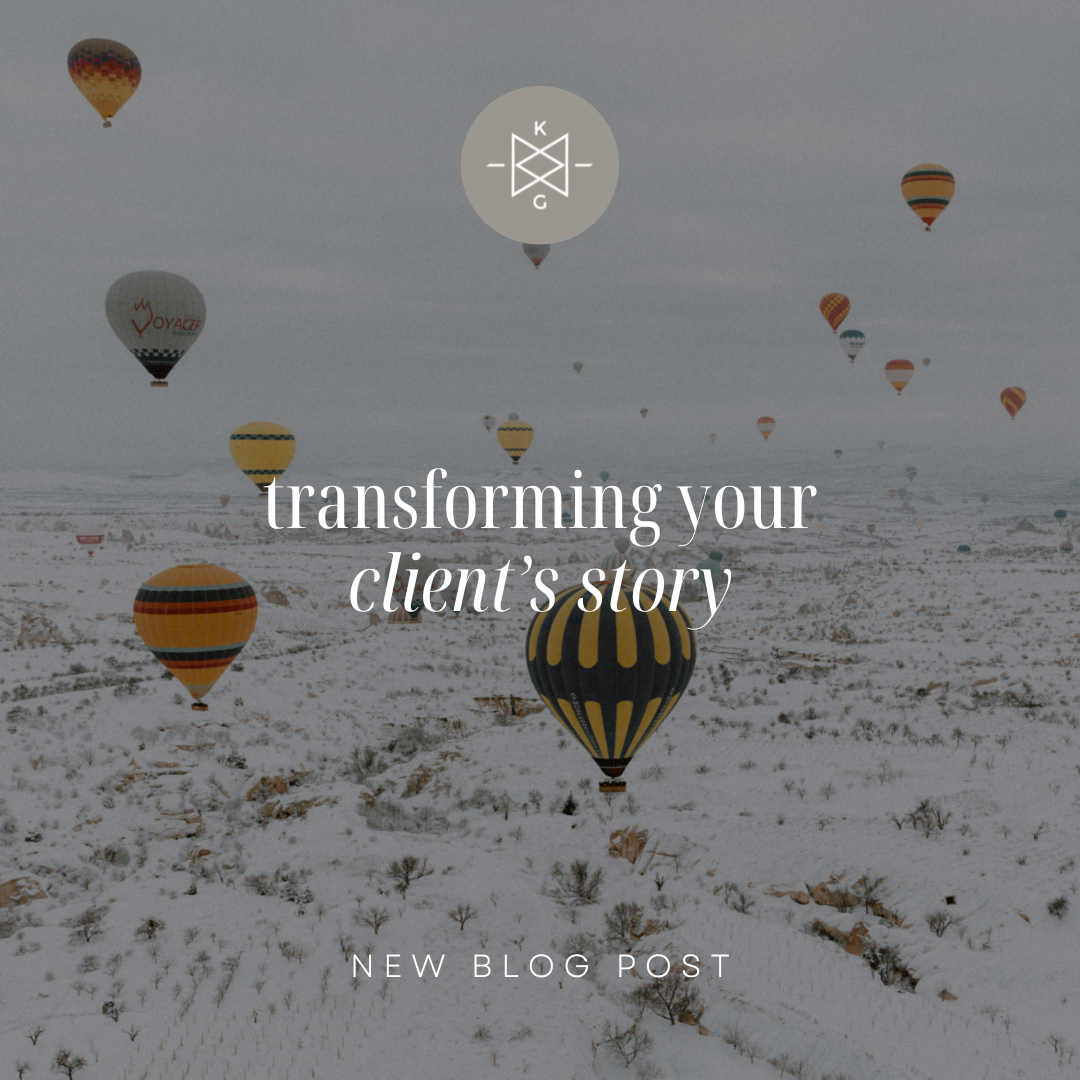Transforming Your Client's Story
People often ask me, “What is your process when working with clients?”
To which I typically reply, “We co-author a new story.”
As it relates to transformation, the Enneagram invites us into the powerful and creative work of rewriting our stories.
After all, many of us have been living out of a story that was written somewhere back in early childhood and we wait until some type of crisis or loss to identify that story, hold it up to the light, and ask ourselves if it’s still working for us.
Children are brilliant storytellers. However, they are crappy interpreters!
When little people start to connect the dots of life, somewhere around five or six, they create little stories about themselves and the world around them. Typically, these stories are very black and white, i.e. I didn’t get picked to play with on the playground. There must be something wrong with me.
Over time, we keep connecting the dots of life and tell ourselves stories that somehow keep us safe and secure along the way. These stories create certainty—yet they lack context—and aren’t necessarily true.
So, what do we do as we grow up? We use these stories, or overgrown personalities, to help us show up in the world and be liked, helpful, and successful. So do our clients.
In my experience, most of my clients want to understand why they do the things they do. This is yet another reason the Enneagram delivers. It unpacks the motivation behind the survival strategy, also known as the childhood wound, for each of the nine Enneagram types.
In adulthood, our world looks much different and yet we are still living, albeit unconsciously, out of a story that was written so long ago. Therein lies the rub—we’ve forgotten who that little person is underneath the conditioned self. In fact, we become so identified by the workings of our personality, or ego as it’s often called, we bump up against challenges and discord in our relationships, career, and emotional landscape.
When using the enneagram with clients, we help them identify their dominant enneagram type which unlocks the unique personality story they’ve been living out of a very long time. We help them identify those stories in order to ask, “how’s that working for you?” Most of the time, it’s not. In fact, it’s often working against them.
To foster healing…we must dig deep. We help our clients “sit with the ouchie” as Enneagram teacher Russ Hudson quips. That defining wound from early childhood, in order to uncover the stories of their personality —the “why” behind how they think, feel, and act—we hold it up to the light with compassion and kindness, and we start the editing process.
The Enneagram gives us a vocabulary to do so.
Let me show you how. Join me on March 8, 2024 at 9:00 am CT for an inside look at how to use the Enneagram with your clients. Learn more here.

